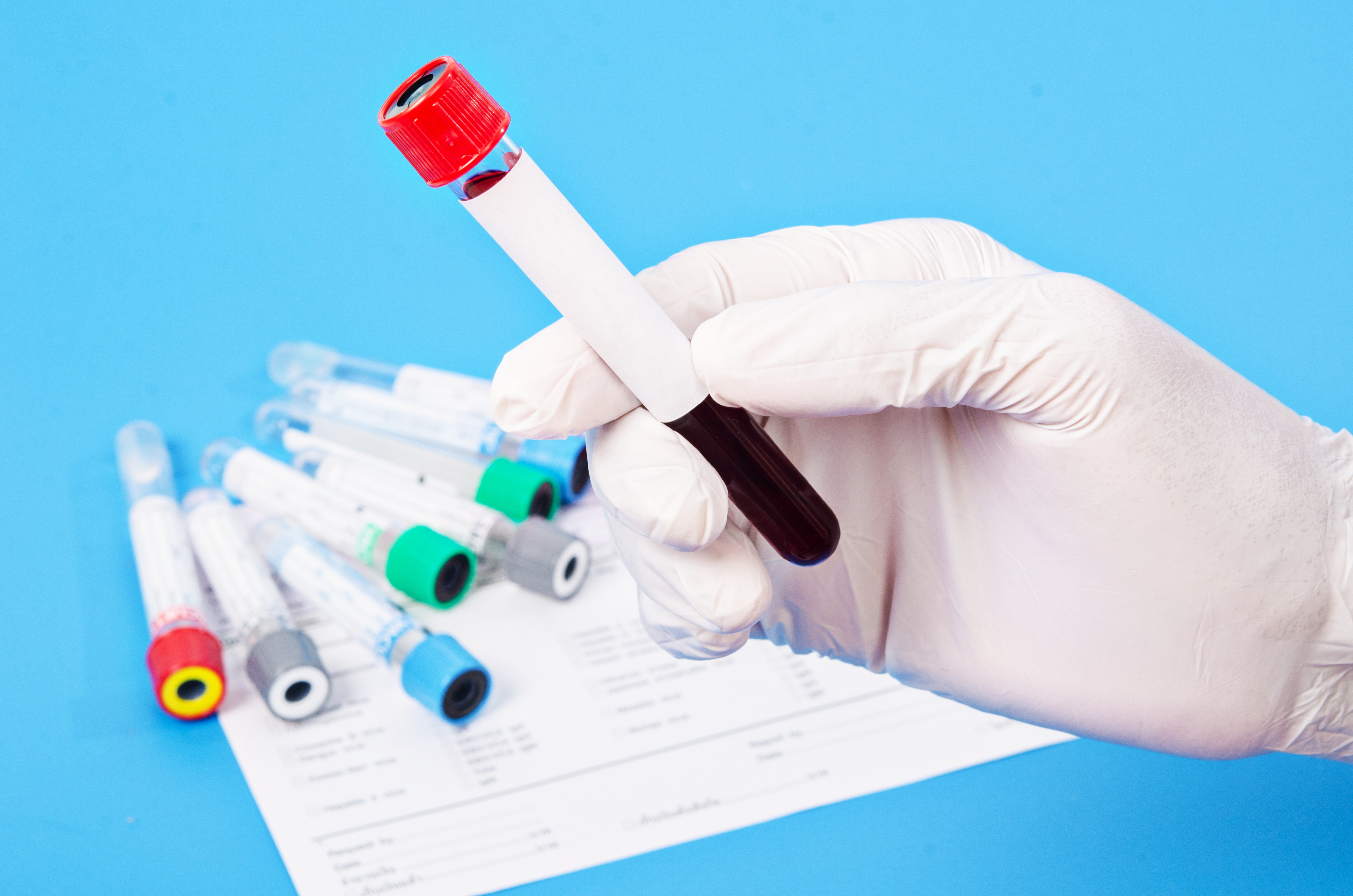CAD in COVID-19 Patients Warrants M. Pneumoniae Test, Report Advises
Written by |

The presence of cold agglutinin disease (CAD) without red blood cells’ destruction in patients with COVID-19 should prompt clinicians to test for Mycoplasma pneumoniae, as this type of bacteria also is associated with CAD, a case report says.
The study, “Cold agglutinin disease following SARS‐CoV‐2 and Mycoplasma pneumoniae co‐infections,” was published in the journal Clinical Case Reports.
Lung infections caused by severe acute respiratory syndrome coronavirus 2 (SARS-CoV-2) — the virus causing COVID-19 — can occur in combination with other viral infections. However, cases of co-infections with SARS-CoV-2 and atypical bacteria such as M. pneumoniae and Chlamydia pneumoniae are rare.
In addition to lung infections, M. pneumoniae and several types of virus are known to cause CAD, a form of autoimmune hemolytic anemia in which cold agglutinins — a type of self-reactive antibodies — destroy red blood cells (hemolysis) at low body temperatures.
In this case report, investigators in Thailand described a young woman with COVID-19 who developed CAD after a lung infection caused by M. pneumoniae.
The 24-year-old Thai woman started showing signs of COVID-19, including fever, dry cough, and shortness of breath, within one day after returning from the U.K., where she had been studying.
A chest X-ray showed she had opacities (white patches) in her left lung, and a swab test confirmed she had been infected by SARS‐CoV‐2.
She was started on several antiviral medications, alongside the anti-malaria drug hydroxychloroquine and the antibiotic azithromycin, to treat her pneumonia.
However, on day three after being admitted to the hospital, she had a sudden drop in hemoglobin levels and red blood cell counts, accompanied by an increase in the levels of lactate dehydrogenase (LDH), but no significant hemolysis. Notably, hemoglobin is a protein responsible for transporting oxygen in red blood cells. In turn, LDH is an enzyme whose levels can be used as a readout of tissue damage.
Additional tests identified the presence of cold agglutinins and antibodies against M. pneumoniae in the blood on the fifth day at the hospital. This confirmed not only the CAD diagnosis, but also a lung infection caused by M. pneumoniae — on top of pneumonia associated with COVID-19.
Her hemoglobin levels started to increase spontaneously for a period of five days, and she recovered from pneumonia two weeks after being admitted.
“As Mycoplasma pneumoniae and various viruses can cause cold agglutinin disease (CAD), the presence of CAD in COVID‐19 patients should indicate the need of investigations for those pathogens [disease-causing microbes],” the investigators wrote.
“Moreover, due to the conflicting data regarding the frequencies and organism types of co‐infections in SARS‐CoV‐2‐infected patients, further microbiological investigations from various geographical locations are warranted,” they added.




